INTRODUCTION
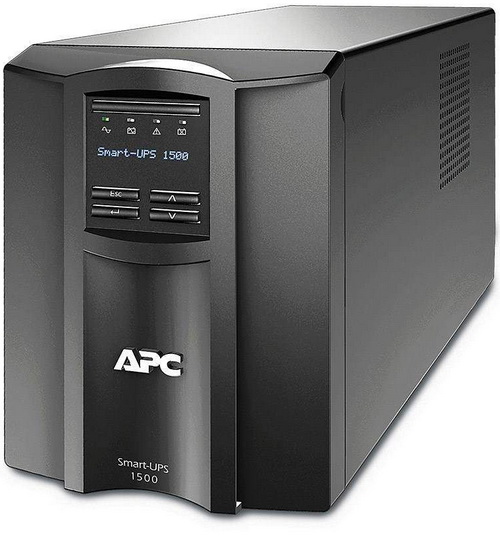
Damage to electrical devices of all kinds from surges and noise coming from the local power grid is not uncommon, far from it really. As a matter of fact, i know of at least 3 people who in 2021 alone had devices from refrigerators and TV screens to speaker systems and computer hardware fail because of surges in their local power grids so again, far from uncommon. This is why I’ve always considered the use of a UPS (uninterrupted power supply) to be extremely crucial, even more so when it comes to computers. You see you can effectively "battle" power surges by installing a surge protector in the electrical panel of your home and/or office (however do keep in mind that in case of a power surge some models require several minutes in order to continue feeding power to your building) but your computer will still shut down and if you happen to be in the middle of something that will be far from ideal especially if instead of a surge we're talking about a complete blackout. By using even a rather entry-level/capacity UPS model instead you'll have plenty of time to save whatever it is that you're doing and shut down your computer. On the other hand, if you choose to invest on a high-end/capacity model you will have the "luxury" to keep doing what it is you're doing for a long period of time (perhaps even for the duration of that blackout). The award winning Smart-UPS line by APC is probably their top non-rackmount one and with me today i have the SMT1500IC 1500VA model.
As a global specialist in energy management and automation with operations in more than 100 countries, Schneider Electric offers integrated solutions across multiple market segments, including leadership positions in Non-residential & Residential Buildings, Industries & Machines Manufacturers, Utilities & Infrastructure and Data Centres & Networks. Focused on making energy safe, reliable, efficient, productive and green, the company's 170,000 employees achieved revenues of 30 billion US dollars in 2014, through an active commitment to help individuals and organisations make the most of their energy.
The Smart-UPS line by APC includes a total of 10 models with 5 different capacities (750/1000/1500/2200/3000VA) all of which feature pure sinewave output waveform (AC to DC to AC conversion) together with online topology (high sensitivity - filters even the fastest power quality disturbances) making them ideal for use with PCs, servers and sensitive equipment in general. This high-end UPS model however packs a lot more than just pure sinewave output waveform such as optimal transfer time (6ms typical, 10ms max), user replaceable and hot-swappable lead-acid batteries (up to 5 years life expectancy), active cooling (80mm side fan - only when battery operated), boost and trim automatic voltage regulation (corrects low and high voltages), user adjustable voltage sensitivity, green power saving mode (up to 97% electrical efficiency), LCD screen with over 15 different programmable settings, automatic self-test, failure notifications, resettable circuit breakers, ethernet, serial and USB connectivity (PowerChute Business - remote access / smartconnect), temperature regulated battery charging (ensures optimal battery charging), intelligent card slot (extra communication options) and a total of 8 IEC outputs. So, let's see how all of the above translate to real world usage.
SPECIFICATIONS AND FEATURES

PACKAGING AND CONTENTS
APC ships the SMT1500IC inside a cardboard box that has a product picture at the front along with their logo and the main product features.
The serial name, barcode and two of the Smart-UPS line models are listed on the left side.
Another product drawing is located at the rear of the box right next to the product features and contact information for APC.
As expected, the UPS is safely wrapped inside a plastic bag and placed between 2 foam spacers.
Along with the Smart-UPS SMT1500IC inside the box you'll also find two IEC cables, USB cable, RJ45 ethernet cable, user documentation CD, safety information guide, warranty information paper, PowerChute Business introduction paper, 2 hazardous substances papers, quality control paper (stuck on the UPS itself) and the user manual.
THE SMT1500IC
It may not be a rackmount unit but the SMT1500IC is still a large (439x219x171mm) and especially heavy (24.1Kg) UPS model.
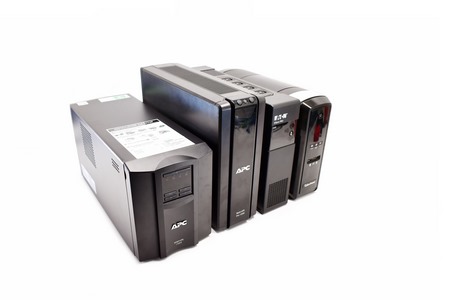
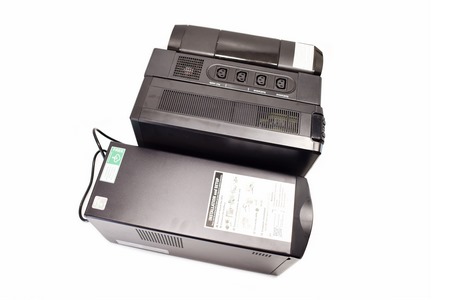 To have a better understanding about its size i placed it next to several other similar models like the APC Backup-UPS Pro 1500VA (review soon), the Eaton Ellipse Pro 1600VA and the CyberPower CP1500EPFCLCD.
To have a better understanding about its size i placed it next to several other similar models like the APC Backup-UPS Pro 1500VA (review soon), the Eaton Ellipse Pro 1600VA and the CyberPower CP1500EPFCLCD.
The left side of the chassis has 2 perforated sections one of which has an 80mm exhaust fan behind it.
Moving at the front we find the on/off power button, 4 activity LEDs (online/on battery/error/replace battery), LCD screen and 4 navigation buttons (escape/enter/up/down).
Turning the UPS around we find a large sticker guiding you on how to connect the battery right under the RJ45, serial and USB ports, smartslot where you can install even more connectivity ports and next to the battery connector and overload protector.
Removing the sticker reveals the 8 IEC connectors half of which belong to group 1 (you can control devices on that group remotely).
The SMT1500IC has two spill-free sealed lead acid batteries inside (connected and sold as 1) and more specifically the RBC7 model (18ah/24V).
LCD SCREEN MENUS
The very first time you will power up the SMT1500IC you will need to choose language, connect the UPS to the internet, set the quality of your local power grid, choose between standard and advanced menu options and perform a firmware update (if there's a newer firmware available online).
This LCD screen actually allows you both to check the state of the UPS (battery state, runtime, input and output voltages) and adjust several settings (green mode, audible alarms, site wiring fault, power sensitivity and display always on/off).
You can also run diagnostics and calibration tests directly from the LCD screen.
POWERCHUTE BUSINESS EDITION
You can access the PowerChute Business Edition (after you install it) via your web browser either locally (USB/Ethernet) or remotely (Ethernet) once you register the unit online (via the 2D barcode at the top).
First time you access the PowerChute Business edition you will be asked to complete 4 setup steps which include naming your outlet groups, adjust the shutdown times, enable the auto on/off function for your groups and even schedule a shut down for them.
The status tab lists information such as whether or not green mode is enabled, load, remaining battery time (based on that load), temperatures, loads, voltages, frequencies, battery status and group status.
Inside the event tab you can configure whether you'd like email alerts or the UPS to shut down when a specific event occurs.
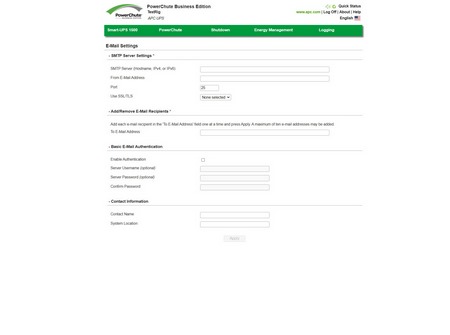
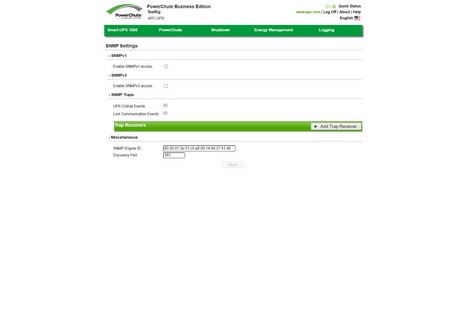 Of course, for the UPS to be able to actually send you email alerts you will need to configure your email settings.
Of course, for the UPS to be able to actually send you email alerts you will need to configure your email settings.
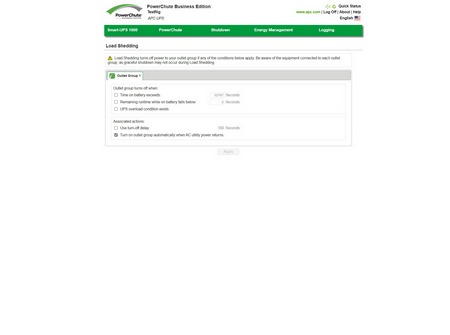
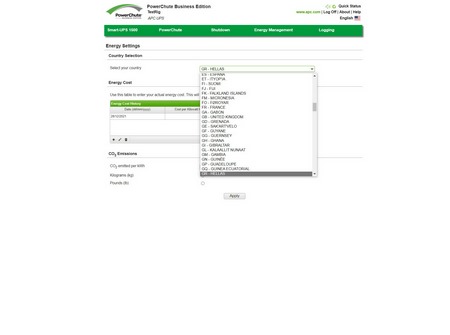 The PowerChute Business Edition software can also shut down devices automatically if a specific trigger is met and allows you to keep tabs on electricity costs, you just need to choose your country and input the cost per kW manually.
The PowerChute Business Edition software can also shut down devices automatically if a specific trigger is met and allows you to keep tabs on electricity costs, you just need to choose your country and input the cost per kW manually.
From the battery management tab, you can check the state of the battery and even order a new one directly from APC when the time comes.
Moving to the diagnostics tab here you can run one of the diagnostics manually and set when you'd like for the UPS to run it automatically.
The UPS settings tab allows the end user to adjust the power sensitivity (normal seems to work best), enable/disable audible alarms, make the LCD screen read only (you will not be able to change settings from it) and set temperature thresholds.
TESTING METHODOLOGY
I decided to test all UPS models that make it here in real world scenarios so what better way to do that than to use one of my TV sets and one of my test rigs? So, to check battery life I’m using a 55-inch SONY 4K TV paired with the HD Dune Pro 4K II player (4K MVK playback) and the X79 test rig (while playing several game titles). Needless to say, power draw is not 100% fixed but I did measure the minimum and maximum numbers during all tests which don’t exceed 10W for the first and 20W for the latter (so do keep this in mind).
To simulate real power outages, I will be turning the corresponding power switch in the lab a total of 5 times (5 for each test), 3 of which I will pushing it back on immediately and 2 which I will allow a couple of minutes to pass. If any of the UPS models I test fail to protect the connected equipment (or fail to keep it running) I will be sure to mention it at the end of the review.
As for noise levels I’ll be using the ExTech HD600 decibel meter placed 5cm away from each UPS model (i will not however be recording beeping sounds coming from their internal speakers).
TEST RESULTS


CONCLUSION
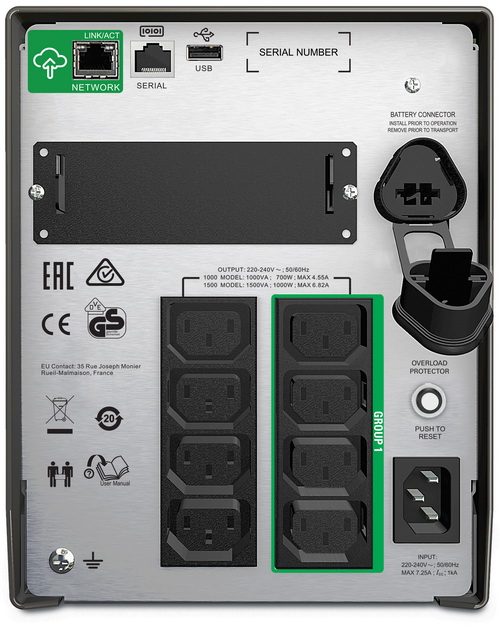
The Smart-UPS SMT1500IC may not be the best UPS out in the market today but it's certainly the best in my charts to date, certainly when it comes to battery life. As a matter of fact, i had to redo my tests many times over because i thought something was wrong in order to be getting the results i did. Still nothing was wrong in the end, the SMT1500IC might be an 1500VA/1000W UPS like many others but thanks to its RBC7 battery pack it offers 2-3 times more runtime than even the best models in my charts. In terms of noise levels, the 80mm exhaust fan of the SMT1500IC may not be the least noisy one but it mostly starts spinning once the power shuts off so that shouldn't be an issue. Yes, sometimes (especially when the battery is charging) it may start spinning but that's for a very limited amount of time (enough however for me to not recommend this UPS for use in a bedroom). Aside all my tests in the almost 1 full month I’ve been using the SMT1500IC it has performed better than expected really. The number of available settings in both the PowerChute Business Edition software and the LCD screen simplify things even for people without much knowledge of UPS systems whereas the ability to access them remotely is certain to come in handy to some people (as is the electricity bill feature). Still, I have to admit that at one point all the devices connected to it shut down for no apparent reason (without me ever setting anything like that in the PowerChute Business Edition software). This could be an isolated issue but if it ever happens again, I will be sure to contact APC and update this review with their answer and the reason (update: This happened again and seems to be due to fluctuations from my PSU. So far it's been resolved by setting power quality sensitivity to reduced instead of normal).
The Smart-UPS line by APC is amongst their top-end non-rackmount ones and so it goes without saying that it doesn’t come cheap. To be more specific the SMT1500IC model I reviewed today retails for no less than 699Euros inside the EU (Amazon.de) so even though priced well for what it offers (especially when compared to other UPS models) it’s far from what most people would call affordable, especially for home use (unfortunately at this time i was only able to find the non-smartconnect SMT1500I version in the USA). Still for people who have really expensive PCs at home and of course for office use (generally for expensive equipment) the APC Smart-UPS SMT1500IC is an excellent choice not only because of its massive battery life but also its impressive range of features and protections and for that it clearly deserves the Platinum Award.

PROS
- Impressive Battery Life
- 8 IEC Plugs (All Battery Powered)
- 1500VA/1000W
- LCD Display with Adjustable Menus
- PowerChute Business Edition (Local/Remote Access)
- List of Features
- Ethernet, Serial & USB Connectivity
- 10 Available Models
- 3 Year Limited Warranty (2 For Battery)
CONS
- Price (For Some)
- USA Availability

 O-Sense
O-Sense





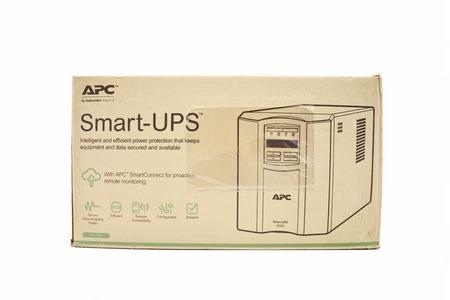
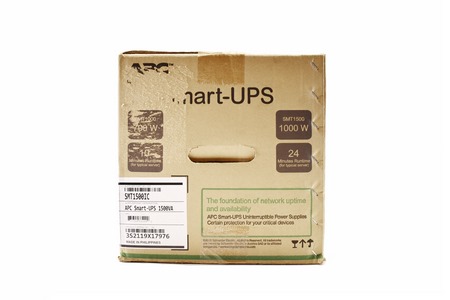
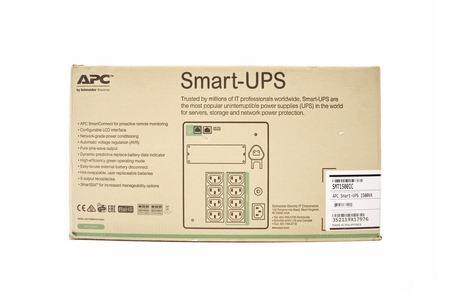
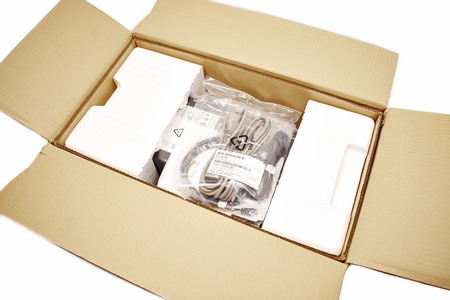
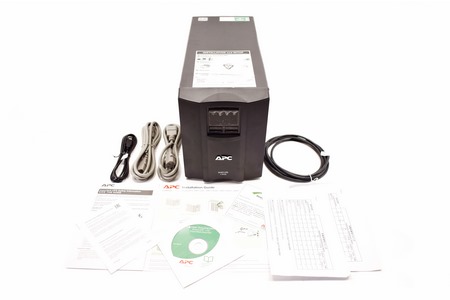
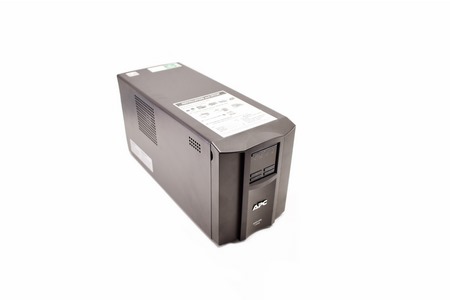

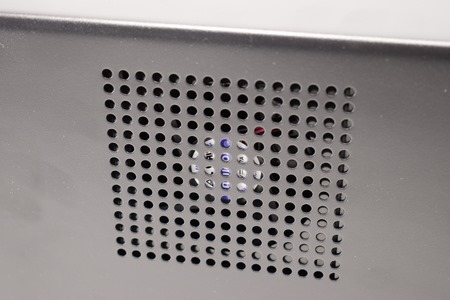
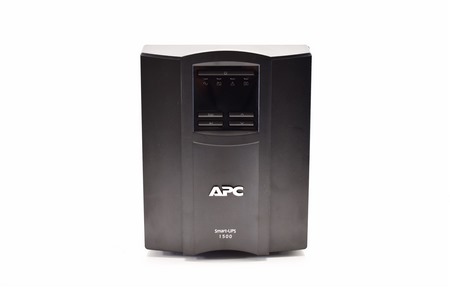

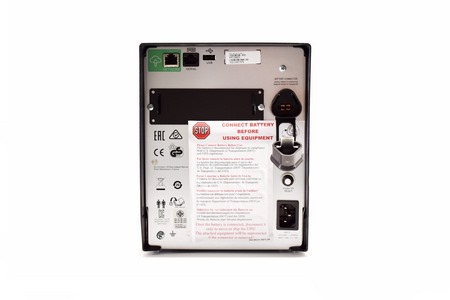
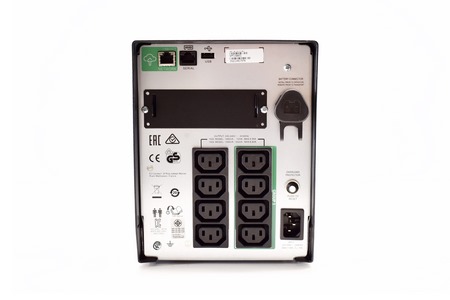
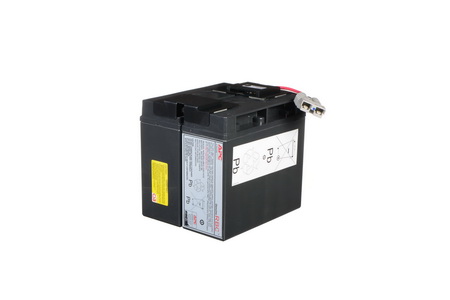
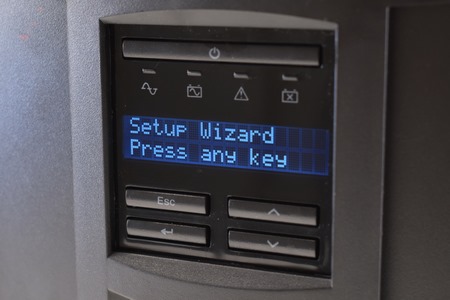
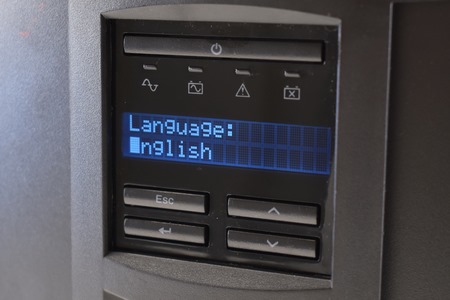
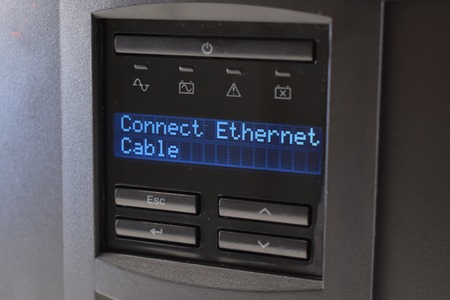
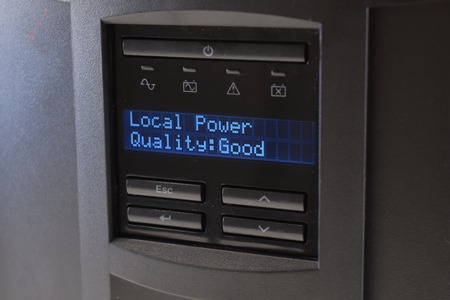
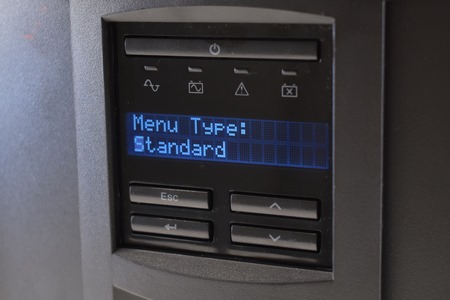
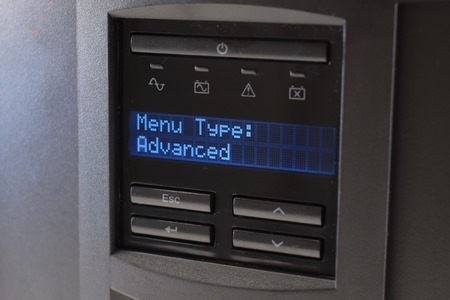
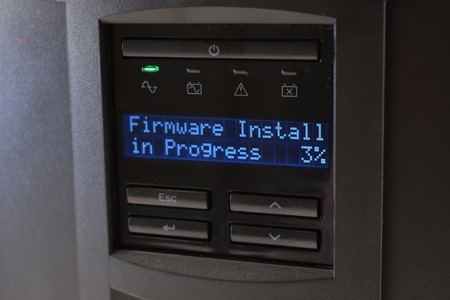
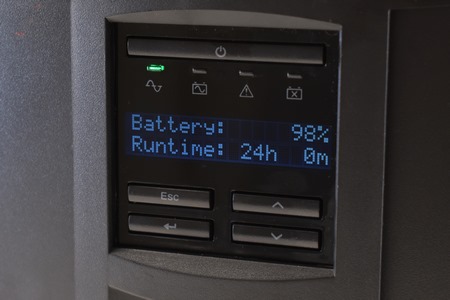
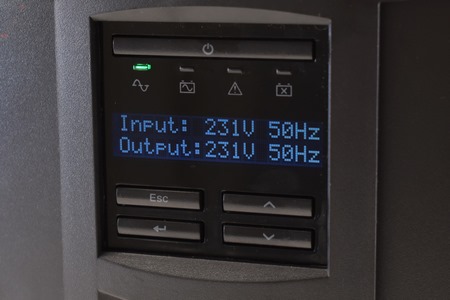

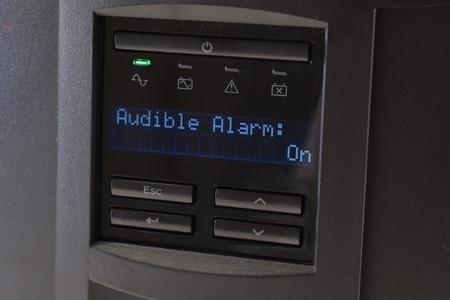
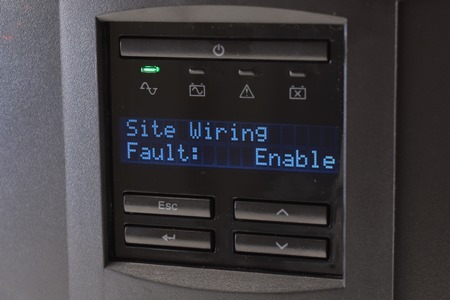


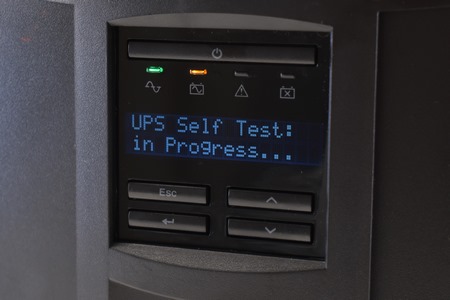
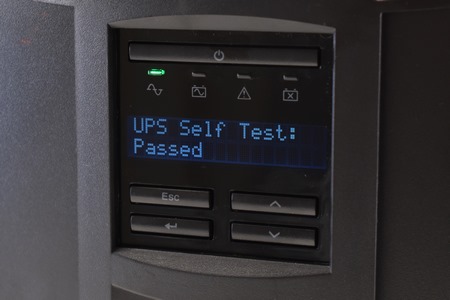
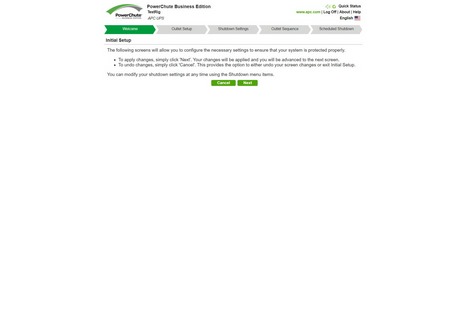
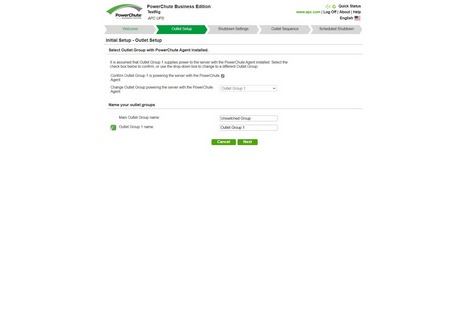
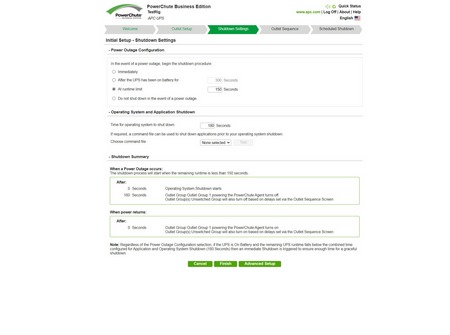

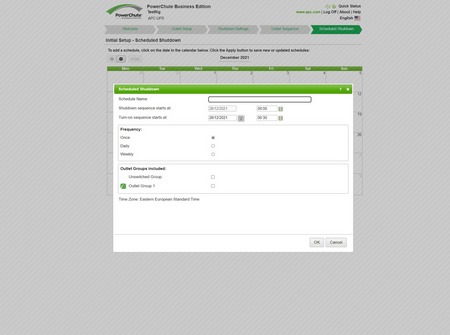
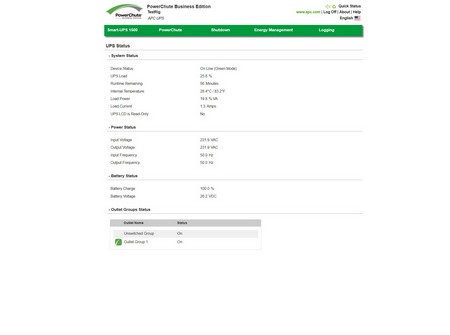
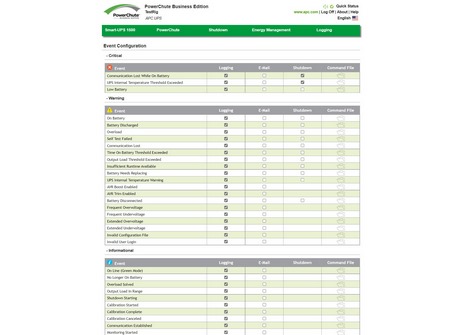

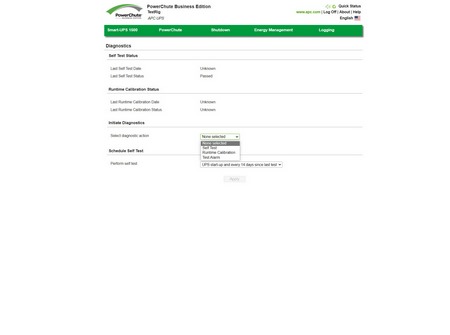
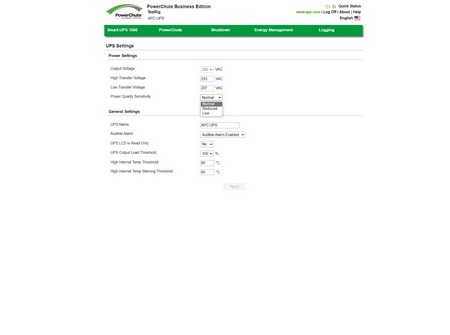
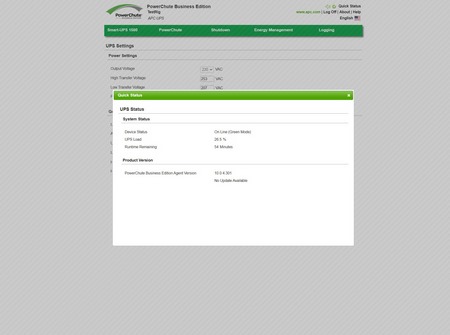


.png)

